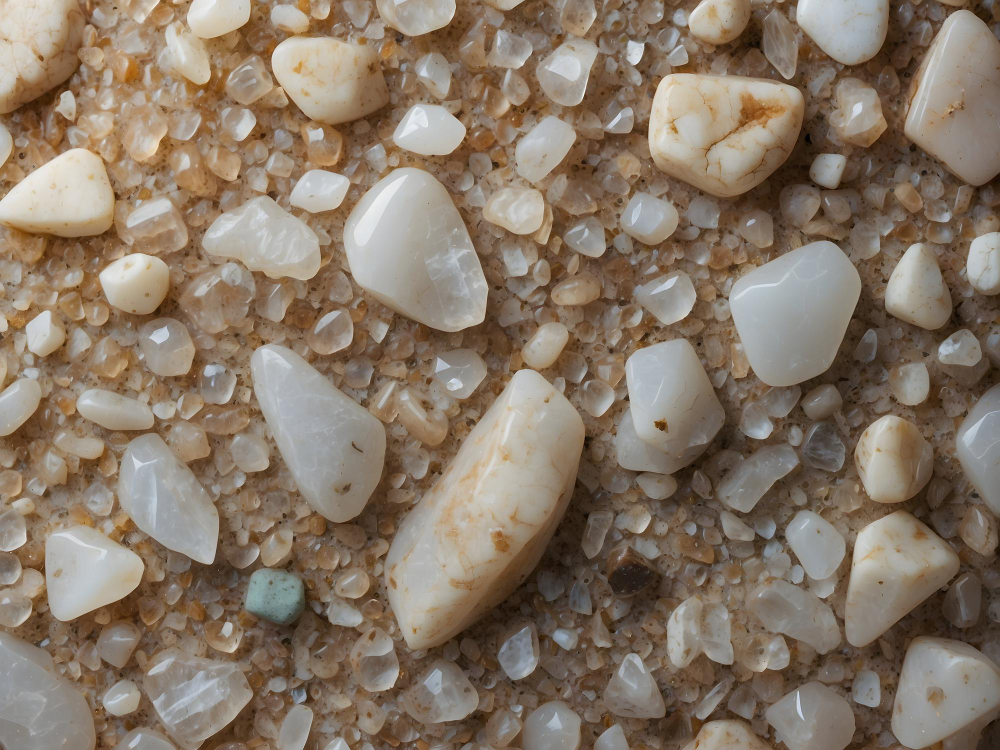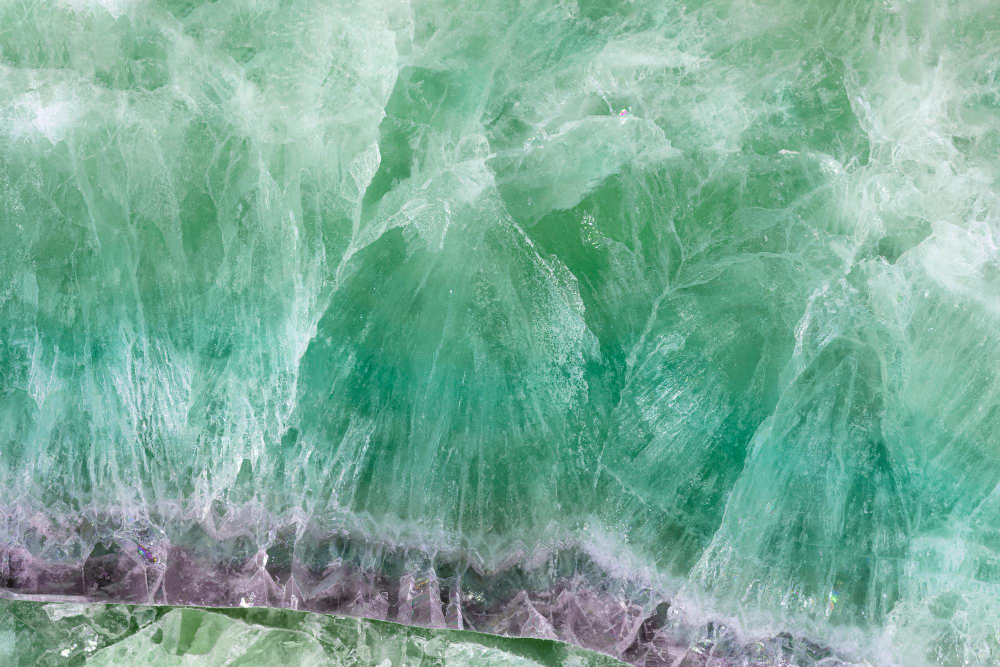Pyrite, often referred to as „fool’s gold” due to its resemblance to real gold, is a common and widely distributed mineral known for its metallic luster and brass-yellow hue. Chemically, it is an iron disulfide with the formula FeS₂, and its crystal structure is typically cubic or octahedral. Pyrite is frequently found in sedimentary, metamorphic, and igneous rocks, and it can be encountered in a variety of geological environments.
Physical Properties
Pyrite exhibits a metallic, reflective surface, making it easily recognizable, especially when it is in large crystalline formations. It often forms cubic or pyritohedral crystals, though it can also occur in granular or massive forms. Its color ranges from pale brass-yellow to a deeper golden shade, which has led to its comparison with gold, albeit its lack of real gold’s malleability. Pyrite’s hardness, measuring 6–6.5 on the Mohs scale, makes it a relatively hard mineral, though it can be easily broken or powdered. The mineral has a density of about 5.0 g/cm³, which is also considerably higher than that of gold, helping to differentiate it from the precious metal.
Chemical Composition and Formation
Pyrite is composed primarily of iron and sulfur. It forms through both biogenic and abiogenic processes, often crystallizing in sedimentary rocks like shales, coal, and limestone. It can also develop in hydrothermal veins and as a secondary mineral in other iron-rich environments. The presence of sulfur plays a significant role in the mineral’s formation, and it is often associated with other sulfides such as galena (PbS) and chalcopyrite (CuFeS₂), which share similar chemical properties.
Occurrence and Uses
Pyrite is not just an interesting curiosity for mineral collectors but also has practical applications. While it was historically used in the production of sulfuric acid, its main commercial value now is as a source of sulfur. In the past, pyrite was also used in the production of sulfur dioxide for the production of sulfuric acid. Though it doesn’t have much value in the jewelry or decorative markets due to its brittleness, it is still appreciated for its striking appearance. In some cases, pyrite is also used as a decorative stone or in the production of small pyrite-based artifacts. Additionally, its presence in coal can be a concern because when pyrite oxidizes, it can create sulfuric acid, contributing to environmental issues such as acid rain.
Pyrite’s Role in Geology
Geologists study pyrite as it is an important indicator of the conditions under which a rock formed. Its presence can give clues about the temperature, pressure, and chemical environment of the region where it was deposited. Pyrite is often used in paleontology as well, as the mineral’s ability to preserve fossils in an exceptionally detailed state provides valuable insight into ancient life forms. Additionally, pyrite’s association with gold deposits has long intrigued prospectors, as the two minerals often occur together in nature, though the similarities between them end with appearance.



